Morocco
In one of Morocco’s top red pepper-producing villages, farmers gear up every year starting in August to begin the red pepper drying season, hoping to preserve this heritage.
Oulad Ali Loued is located 25 kilometers away from the central city of Fquih Ben Salah and 296 kilometers from Rabat.
It is known as the capital of red pepper and produces the most significant amount of red pepper in Morocco.
The red pepper drying season includes three main steps: harvesting, drying outdoors, and then turning the peppers into spices at a local cooperative.
However, the region's agriculture has been affected by drought, which has caused a sharp decline in production across Morocco.
“Some farmers who once planted 10 hectares now plant only one," said Mohammed Nosshi, the head of Red Pepper Dryers Association in Oulad Ali Loued.
Drying ideally takes one day if the weather is sunny, but it can take up to three days in cloudy weather, said Mohammed Hidach, a farmer and head of an agricultural cooperative in Oulad Ali Loued.
After the drying stage, the peppers are moved to the cooperative, where they are transformed into spices.
"We grind it, knowing that 6 kilograms of fresh red pepper yields one kilogram of red pepper powder. After that, we sift it, fill it into bags, and label them," Hidach added.
Half of the production, consisting of approximately 6 tons of both dried red pepper and red pepper powder, is exported primarily to Spain and Algeria.
This involves both sweet and spicy varieties.




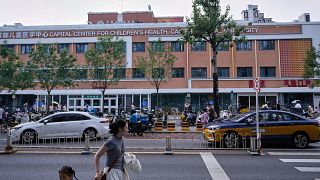
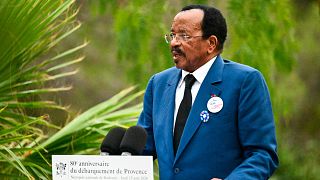
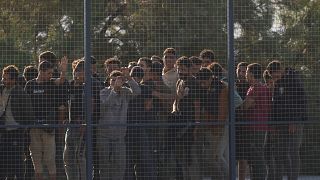
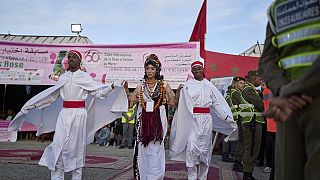
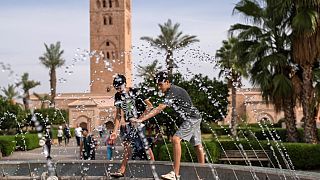
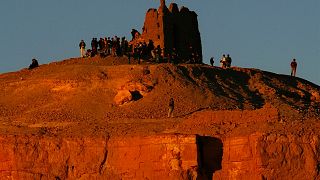
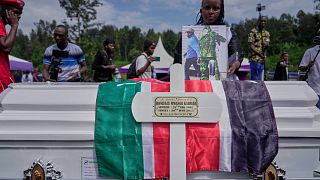
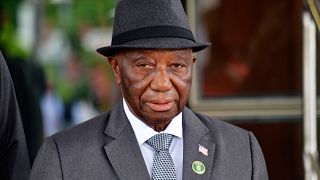
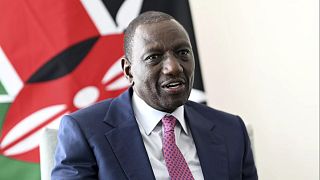
01:24
French parliament votes to return sacred "talking drum" to Ivory Coast
01:45
Empowering youth in agriculture could boost global economy, FAO report says
Go to video
Moroccan museums open doors for free to inspire youth pride and cultural connection
Go to video
Women redefine Gnaoua at Essaouira Festival
01:15
Morocco says 2024 was the hottest year with temperatures reaching 47.7 degrees
Go to video
Morocco to reassess Turkey trade deal amid swelling deficit